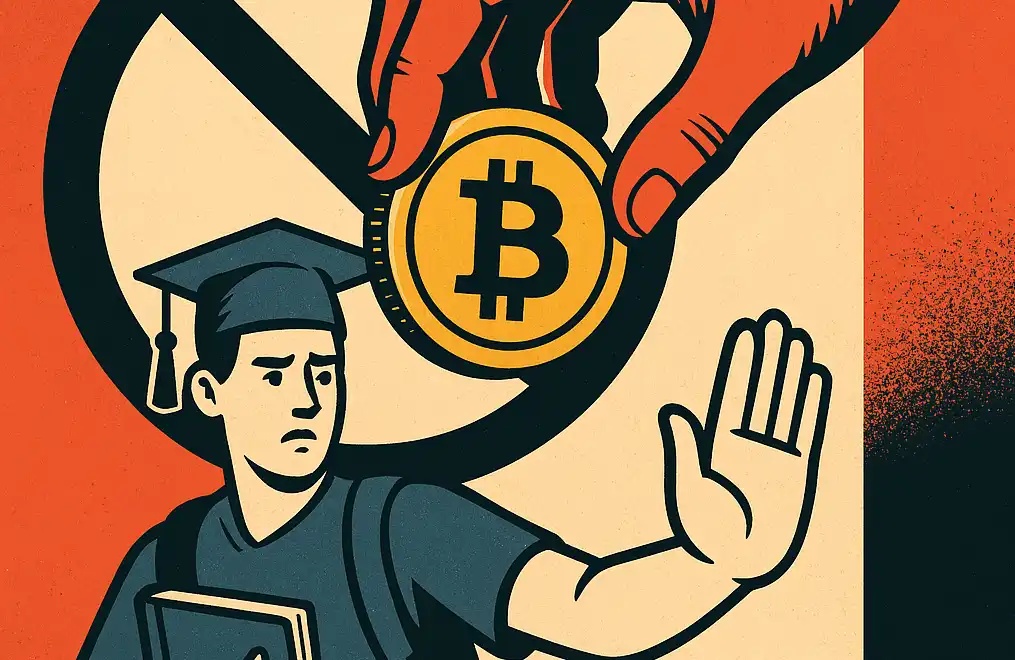Coinbase enters the new AI payment track. What other projects are adding wallets to Agents?
Naval, a well-known Silicon Valley investor, posted a post with over a million views a few days ago, saying: "Crypto is the currency of AI."

As if in response to his words, Coinbase CEO Brian Armstrong announced last Saturday that the first AI-to-AI encrypted transaction was realized on the Base network, where one AI used cryptocurrency (tokens) to buy text content (tokens) generated by another AI.

Currently, AI cannot use traditional payment methods to purchase cloud computing services (such as AWS), developer tools (such as GitHub), or pay other fees (such as booking air tickets or hotels). AI also cannot bypass paywalls to obtain the information it needs. These limitations have greatly hindered the potential utility and actual working ability of AI.
The multi-party computing (MPC) wallet launched by Coinbase Developer Platform (CDP) can be integrated with AI Agent to enable it to pay autonomously. Brian Armstrong encourages developers to integrate this wallet into their AI models to achieve payment capabilities, thereby helping AI obtain resources and services.
For Coinbase, adding payment functions to AI Agents is not a whim, but a long-term plan. As early as May of this year, Brian Armstrong stated that "self-hosted crypto wallets will provide support for AI Agents."

Subsequently, Coinbase not only personally made a Demo product in early August for A to pay cryptocurrency to humans, but also launched a "CDP AI Builder Program" to provide funding for AI robot developers who build integrated Coinbase MPC wallets.

Why is Coinbase so keen to add payment functions to AI Agent? As Wang Chao, OG in the DAO circle and AI investor, said in an exclusive interview with BlockBeats, the first large-scale scenario of combining AI Agent with encryption is most likely that AI Agent uses encryption technology in settlement. The future Agent economy will form a huge emerging market, and the blockchain network that provides payment methods for Agents will also benefit from the huge amount of capital flow on it.

According to Wang Chao's estimate, AI technology is expected to create another 100 trillion GDP in ten to fifteen years, and AI technology as the underlying support can obtain 20% of the share, that is, 20 trillion. Of this 20 trillion, electricity and computing power as the underlying support may take 10 trillion; the model layer, such as OpenAI, may take 5 trillion; the application layer takes 4 trillion; and the remaining service layer takes 1 trillion. Many products that create this 20 trillion will use encryption technology, even if the combination of encryption and AI has only penetrated 1% of the overall AI market, which means that encrypted AI may get 200 billion from it. Therefore, Coinbase wants to become the "Visa/MasterCard in the field of AI" and seize this market opportunity worth 200 billion US dollars.
But in this race, there is more than just Coinbase. Payman, invested by Visa, and Skyfire, invested by Circle, are doing the same thing.
Coinbase's competitors
Payman

On August 7, Payman co-founder Tyllen announced on social media that he had completed a $3 million pre-seed round of financing, with participation from Visa, Coinbase Ventures, Boost VC, Deepwater Management, The Spartan Group, Untapped Capital, Theory Forge VC, etc.
Payman's idea is to provide a platform API that allows AI Agents to pay humans in a variety of ways, including fiat currency, cryptocurrency, and bank accounts. Before founding Payman, Tyllen worked as a product manager at Meta. After entering the crypto industry, he worked as a developer relations director at Dapper Labs and Uniswap Foundation.
Although Payman provides more payment options for AI Agents, the platform is still in internal testing and there are not many details on how these functions are implemented.
Skyfire

On August 23, Skyfire, founded by former Ripple executives, announced the completion of a $8.5 million seed round of financing. Investors include USDC issuer Circle, Ripple, Gemini, and the venture capital firm of Tim Draper, a well-known Silicon Valley billionaire and Bitcoin advocate.
Skyfire has developed an open source payment system that allows AI Agents to conduct various transactions on the Internet, including the purchase of data storage, creative assets, air tickets, and daily necessities. Its payment network runs on the USDC stablecoin and is currently deployed on the Polygon network, with plans to expand to other blockchains in the future. For services that do not yet support USDC payments, Skyfire is considering integrating third-party aggregators to achieve the transfer of USDC payments to traditional payment methods.
The above two projects, including Coinbase, can be regarded as a payment middleware platform, focusing on providing interfaces and services for payments between AI Agents and humans. They are more oriented to AI developers rather than ordinary users.
However, there are also some projects that try to make an AI Agent product with payment functions directly for ordinary users, such as Bitte, the AI Agent wallet of the Near ecosystem, and Wayfinder, the AI interaction protocol incubated by Parallel.
Bitte

Compared to Coinbase's idea of integrating crypto wallet APIs into AI, Bitte chose to integrate large model APIs into crypto wallets in reverse. With the relevant infrastructure still imperfect, Bitte tried to take a small step forward with existing technology. By accessing OpenAI's model API, Bitte allows users to use natural language prompts to command Agents to complete various on-chain operations in a chat window interface similar to ChatGPT.
For example, if the user enters "Mint an NFT with AI of a rocket going to the moon", Bitte will call DALL-E 3's API to generate an image of a rocket landing on the moon and mint it on the NEAR blockchain. In addition, users can also let Agents complete a series of simple operations for them, such as swapping and transferring tokens, creating contracts and NFT collections, etc.
Wayfinder

Wayfinder also allows users to use natural language prompts to command Agents to complete various on-chain operations in a chat window interface similar to ChatGPT. The protocol is still under development and the official expects it to be open to the public before the end of the year.
Compared to Bitte, Wayfinder wants to achieve more functions. Parallel co-founder Kalos said that in theory its upper limit is the sum of all blockchain transactions, which means it can do anything. But he also admitted that Wayfinder currently lacks some underlying technical support, especially in allowing AI to automatically plan and execute a series of blockchain operations according to user instructions (Prompt). To achieve such functions, Wayfinder needs to further develop or integrate the underlying protocol so that AI can handle complex tasks more intelligently.
Summary
Although the combination of AI Agent and encryption is an inevitable trend of mutual benefit and win-win, it is still in a very early stage. Most of the projects mentioned above are in the proof-of-concept stage and there is still a long way to go before they can be truly applied. The biggest challenge is how to ensure the stability of large models in complex environments.
The immaturity of AI Agents makes it difficult for most people to safely entrust them with the management of funds. Optimistically speaking, it may take several years before we see the emergence of sufficiently powerful AI Agents. In the future, more innovative projects focusing on providing payment functions for AI Agents will emerge.
Welcome to join the official BlockBeats community:
Telegram Subscription Group: https://t.me/theblockbeats
Telegram Discussion Group: https://t.me/BlockBeats_App
Official Twitter Account: https://twitter.com/BlockBeatsAsia


 Forum
Forum OPRR
OPRR Finance
Finance
 Specials
Specials
 On-chain Eco
On-chain Eco
 Entry
Entry
 Podcasts
Podcasts
 Data
Data


 Summarized by AI
Summarized by AI





